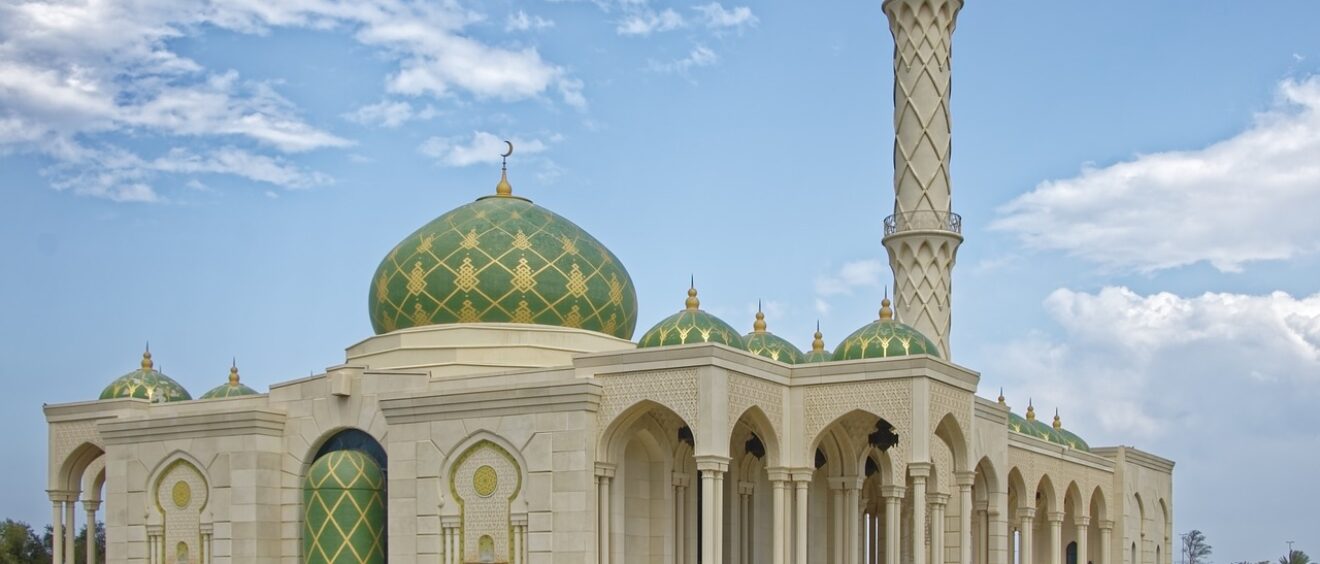
Oman to meet half of state borrowing needs through sukuk – Moody’s
Moody’s Investors Service said the rising share of Islamic assets in Oman’s banking assets will continue to deepen the market for domestic government sukuk, supporting government liquidity.
“We expect the government will meet $2.0 billion-$2.5 billion of its annual borrowing needs with sukuk issuance, around half of which will likely be in the domestic market, supported by the growing share of Islamic banking assets,” it said in a note.
Domestic Islamic banking assets in Oman continue to grow at a significantly faster pace than conventional assets, government data showed.
Oman financed a modest 2.6 percent of its fiscal deficit through net sukuk issuance in 2020, down significantly from around 14 percent in 2019, 24 percent in 2018 and 20 percent in 2017.
“The declining share of sukuk in the funding mix reflects a general absence of international sukuk issuance, in part driven by investors’ preference for conventional bonds amid tighter global liquidity conditions, and the increase in Oman’s sovereign market risk premia following the sharp decline in oil prices during 2020,” Moody’s said.
However, recovering investor appetite and Oman’s large gross financing requirements, “which we estimate to average $9.1 billion per year in 2021-22, will likely result in greater reliance on Islamic financing in the next two years,” it noted.
Oman’s central bank data showed that Islamic banking assets – including the Islamic windows of Oman’s conventional banks – expanded 11 percent year on year in February, more than double the 4.9 percent growth rate of conventional banking assets, continuing the trend of Islamic banking assets growth significantly outpacing conventional banking assets evident over the past seven years.
As a result, the share of Islamic assets in Oman’s total domestic banking assets increased to 14.6 percent in February 2021 from 13.9 percent a year earlier, and nearly double the 7.5 percent level in 2015.
Oman, a small oil producer compared with its GCC neighbours and is trying to diversify revenue sources, implemented a 5 percent VAT this month.
(Writing by Brinda Darasha; editing by Daniel Luiz)



